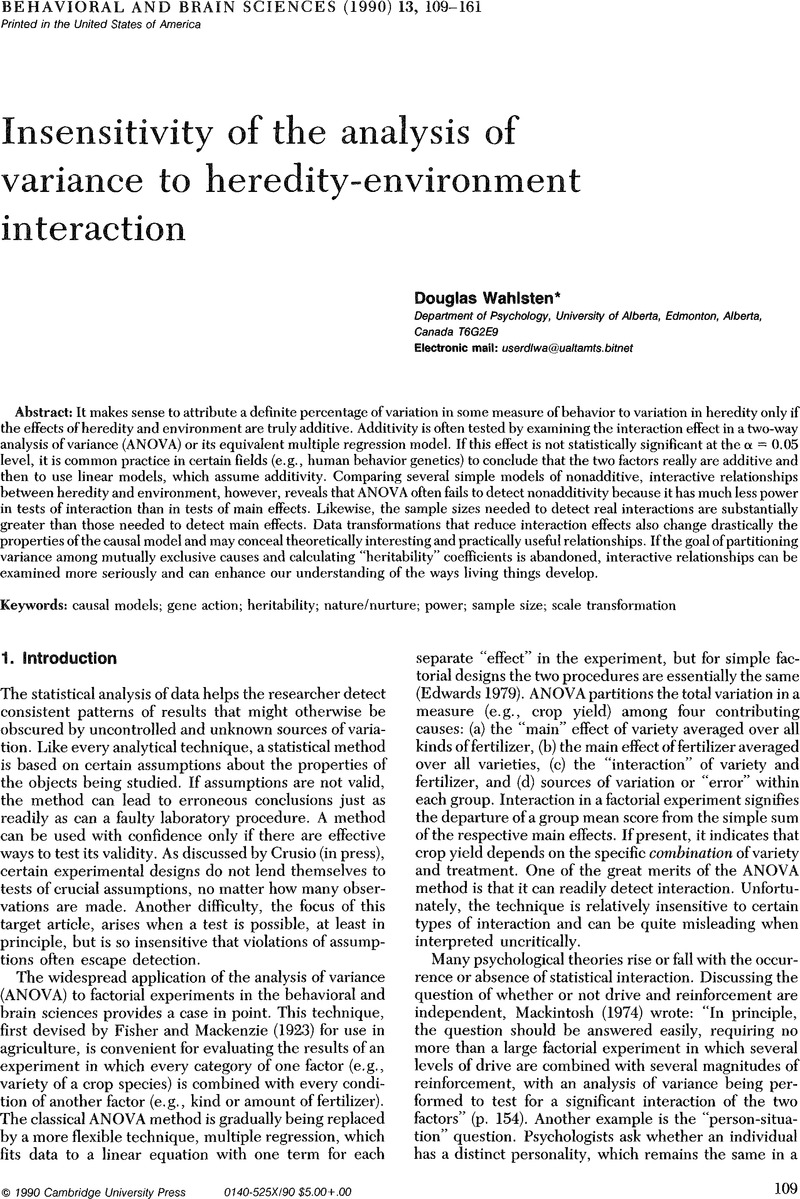Crossref Citations
This article has been cited by the following publications. This list is generated based on data provided by Crossref.
Sesardic, Neven
2005.
Making Sense of Heritability.
Gottlieb, Gilbert
Wahlsten, Douglas
and
Lickliter, Robert
2007.
Handbook of Child Psychology.



